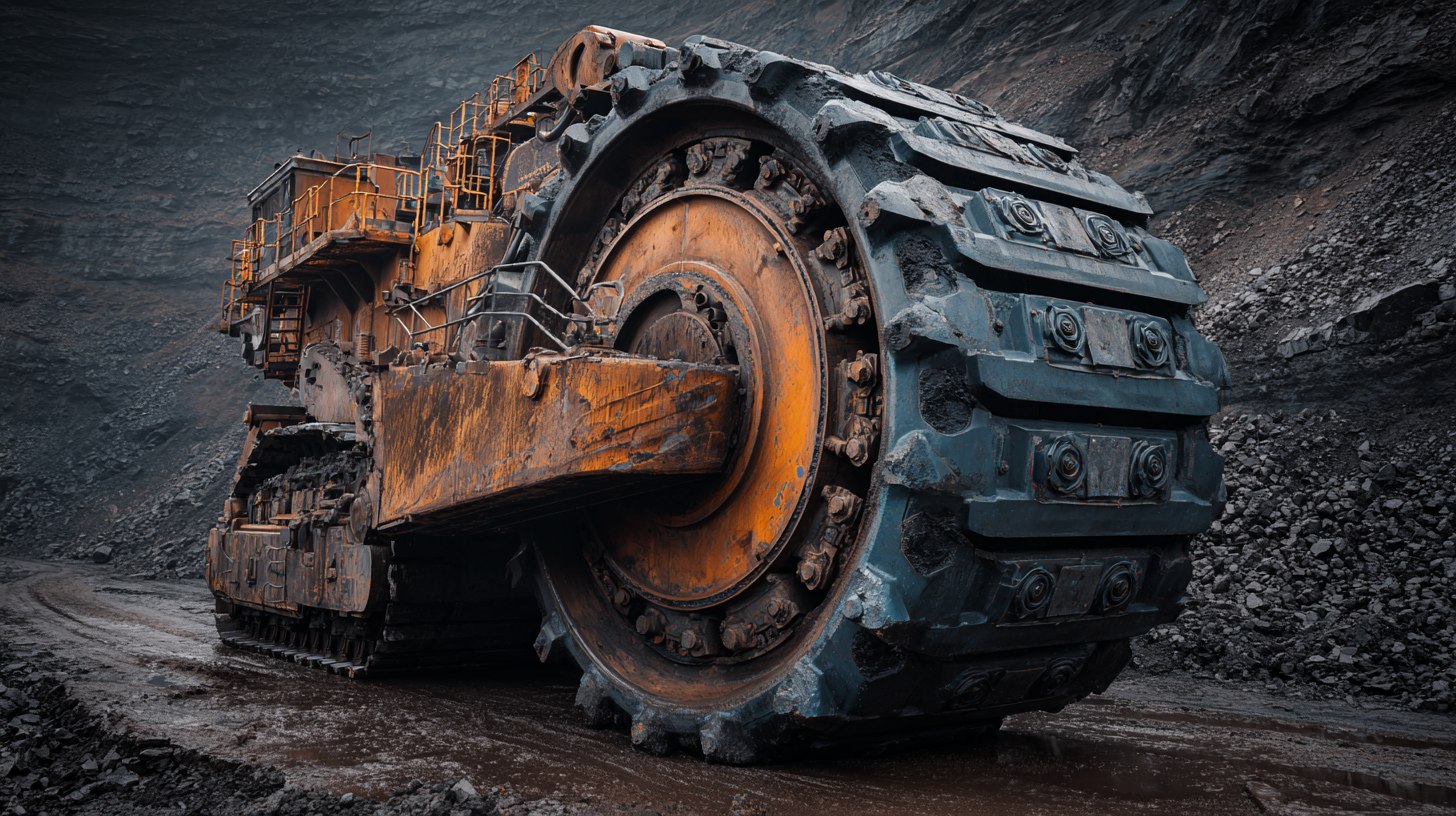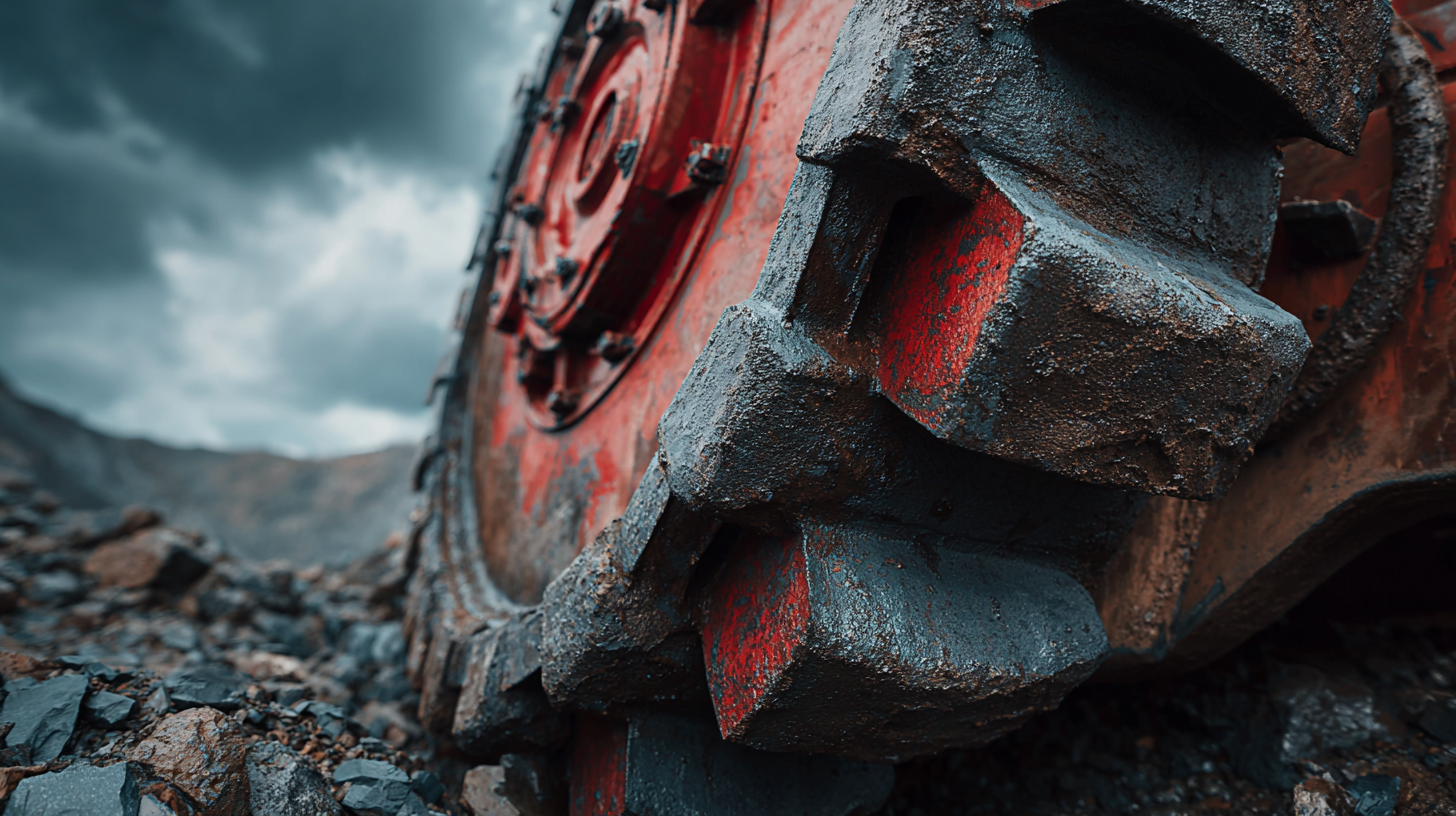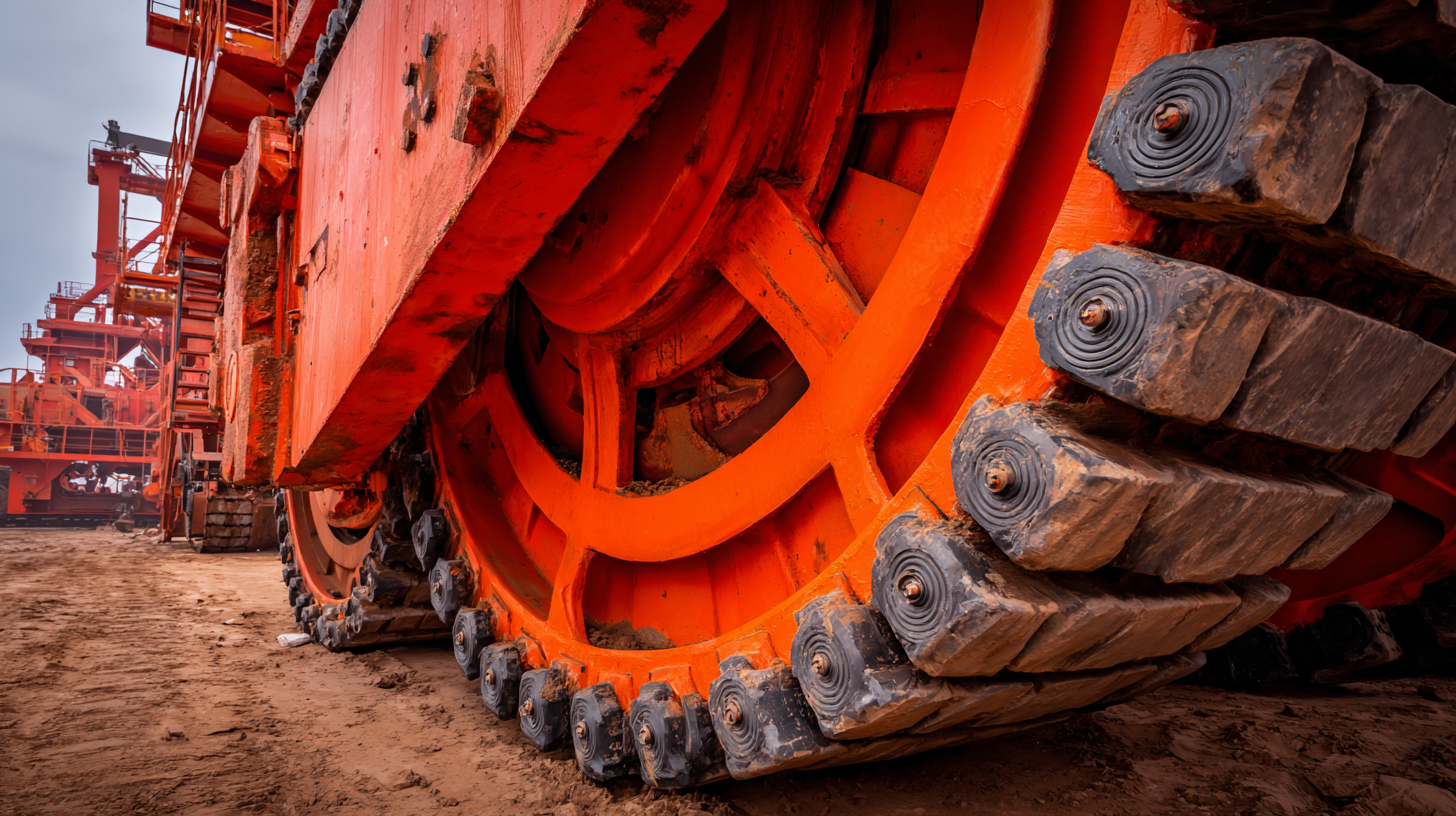As the mining industry continues to evolve, innovations in equipment are crucial to enhance productivity and efficiency. One of the key components in mining machinery, the Mining Machinery Jaw Plates, plays a pivotal role in the crushing process, directly impacting operational effectiveness. According to a recent report by Markets and Markets, the global mining equipment market is expected to grow from USD 116.3 billion in 2020 to USD 195.3 billion by 2025, driven by the increasing demand for minerals and the need for advanced technology in mining operations. With a focus on sustainable practices and cost reduction, the development of more durable and efficient jaw plates is becoming a priority for manufacturers. This blog will explore the anticipated innovations in Mining Machinery Jaw Plates by 2025, shedding light on emerging technologies, materials, and design processes that promise to revolutionize the mining sector.

As the mining industry continues to evolve, the importance of high-quality jaw plates in mining machinery cannot be overstated. These critical components are essential for the effective crushing of materials, and their design directly impacts the overall efficiency and productivity of mining operations. Key features that define superior jaw plates include their material composition, wear resistance, and the precision of their fit within machinery.
In terms of material, high-quality jaw plates are typically made from manganese steel, which provides excellent toughness and durability. The right alloy content can enhance abrasion resistance, allowing the plates to withstand the immense forces encountered during crushing. Additionally, the design should incorporate features such as a stepped profile to ensure efficient material flow, minimizing the risk of blockages that can lead to costly downtime.
Moreover, the manufacturing process plays a significant role in ensuring the longevity of jaw plates. Advanced techniques such as heat treatment can significantly improve the mechanical properties of the plates, making them more resilient to wear and ensuring that they maintain their shape over time. By focusing on these key features, manufacturers can produce jaw plates that not only meet the rigorous demands of the mining industry but also contribute to more sustainable and cost-effective mining practices by 2025.
 The durability of jaw plates in mining machinery is critically influenced by material selection, which plays a pivotal role in their performance and lifespan. As mining operations demand increasingly efficient machinery, advancements in the composition and treatment of materials have become essential. According to a report by Grand View Research, the global mining equipment market is expected to reach USD 368.99 billion by 2025, pushing manufacturers to innovate and enhance their product offerings. High-manganese steel remains popular due to its excellent hardness and impact resistance, but alternatives like martensitic steel and composite materials are gaining traction for their increased durability and reduced maintenance costs.
The durability of jaw plates in mining machinery is critically influenced by material selection, which plays a pivotal role in their performance and lifespan. As mining operations demand increasingly efficient machinery, advancements in the composition and treatment of materials have become essential. According to a report by Grand View Research, the global mining equipment market is expected to reach USD 368.99 billion by 2025, pushing manufacturers to innovate and enhance their product offerings. High-manganese steel remains popular due to its excellent hardness and impact resistance, but alternatives like martensitic steel and composite materials are gaining traction for their increased durability and reduced maintenance costs.
Tip: When selecting jaw plates, consider materials that not only withstand wear but also cater to specific operational conditions. For instance, plates made from alloyed steels can provide superior resistance in high-impact scenarios, while composite options may reduce weight and improve efficiency without compromising strength.
Additionally, advancements in coatings and surface treatments significantly enhance jaw plate performance. Techniques such as thermal spraying and hardfacing can increase wear resistance, extending the service life of jaw plates and reducing downtime during critical mining operations. This is particularly important as mining companies strive to optimize operational efficiency while controlling costs in an increasingly competitive market.
Tip: Regularly assessing jaw plate wear patterns can provide insights into material performance and guide future procurement decisions, ensuring that the right material is used for specific mining conditions to maximize productivity.
The manufacturing processes for jaw plates in mining machinery are undergoing significant advancements, driven by a commitment to enhance performance and efficiency. According to a report by Research and Markets, the global mining equipment market is projected to grow at a CAGR of 7.2% from 2021 to 2025, prompting manufacturers to seek innovative approaches in producing jaw plates that can withstand the rigors of harsh mining environments. These innovations include the integration of advanced materials like high-manganese steel and ceramic composites, which dramatically increase wear resistance and extend the lifespan of jaw plates.
Moreover, the introduction of additive manufacturing techniques is revolutionizing the production of jaw plates. A study published in the Journal of Cleaner Production indicates that 3D printing not only reduces material waste by up to 70% but also allows for the rapid prototyping of custom designs tailored to specific mining applications. As manufacturers adopt these cutting-edge processes, they will be better positioned to meet the evolving demands of the mining industry, ultimately leading to improved productivity and reduced operational costs by 2025. The shift towards smarter, more efficient manufacturing techniques will play a crucial role in the future landscape of jaw plate production.
In the mining industry, the reliability and efficiency of machinery are paramount, and jaw plates are critical components that directly impact operations. When exploring innovations in jaw plates, understanding the reputation of manufacturers is essential. Leading manufacturers not only invest in advanced materials and manufacturing processes but also prioritize their reputation by adhering to stringent quality control measures. Their credibility is built on years of consistent performance, and it’s vital for industry stakeholders to assess manufacturers based on these key factors to ensure they are making informed decisions.
Customer reviews play a significant role in evaluating the effectiveness of jaw plates in real-world applications. Feedback from miners and equipment operators can reveal insights into durability, wear resistance, and overall satisfaction. By analyzing these reviews, potential buyers can gauge how different products perform under various conditions. Furthermore, positive reviews can indicate a manufacturer's commitment to customer service and after-sales support, both of which are crucial for maintaining equipment longevity. Engaging with reviews allows mining companies to choose jaw plates that not only meet their operational needs but also come from reputable sources that value their customers' experiences.
As we look ahead to 2025, the mining industry is on the brink of significant advancements in the design and functionality of jaw plates. These innovations are not only aimed at enhancing efficiency but also at improving safety and sustainability in mineral processing. The integration of new materials, such as advanced ceramics and composites, promises to increase wear resistance while reducing overall weight. This evolution could lead to longer-lasting equipment and lower operational costs, making it a win-win for mining companies.
Tips: When considering upgrades to your mining machinery, always opt for jaw plates that incorporate the latest material technologies. Evaluate the performance of existing models to identify specific weaknesses, as targeted improvements can lead to substantial gains in productivity. Additionally, keep an eye on suppliers that offer innovative custom solutions tailored to your specific mining environment.




